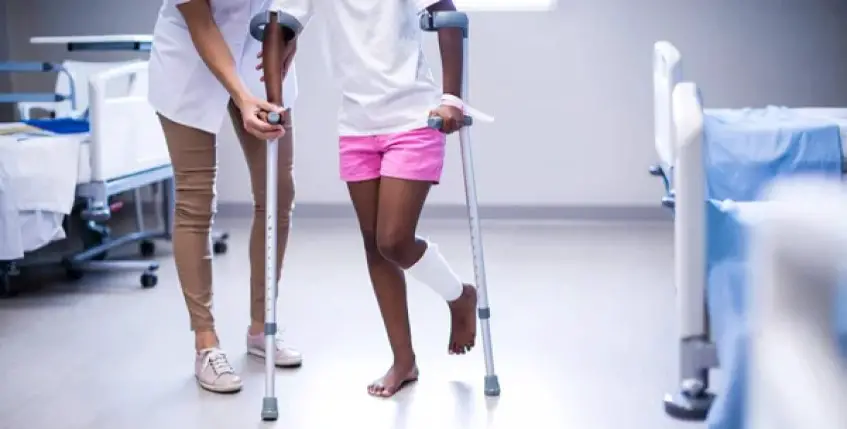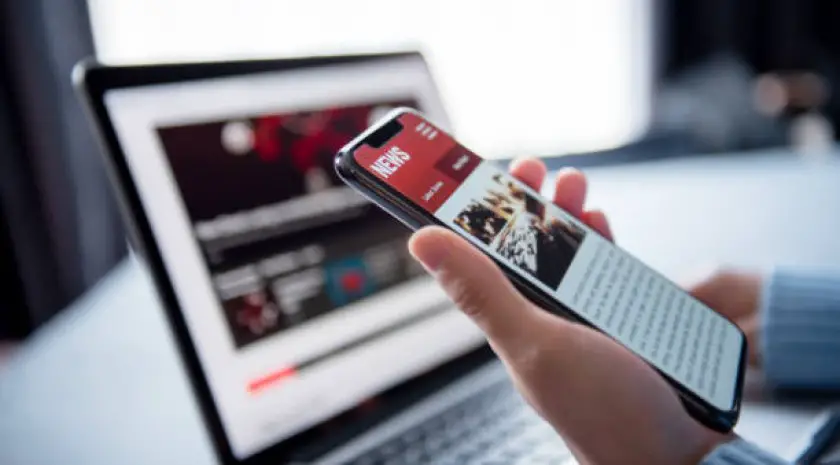Crutches have always served as good forms of support for people having various kinds of leg injuries.
This has made their use a common type of mobility aid.
With the advancement in technology, manufacturers have continued to produce better designs that will provide the needed aid users desire.
However, as a user, the designs of these crutches may turn out to be harmful to you if you don’t use them properly. Your crutches may have a simple frame and a design that looks friendly to use. But, in the real sense, it’s their adjustable features that make them friendly to use.
If you use your crutches without properly adjusting them to your height, you will begin to experience other health challenges sooner than you get healed of your leg injury.
After you’ve gotten your crutches, your first aim should be to properly adjust them to your height. The steps for adjusting the heights of both underarm and forearm crutches are described below.
Table of Contents
- A) How to Adjust Underarm Crutches to Your Height
- B) How to Adjust Forearm Crutches to Your Height
- Safety Measures in the Use of Crutches
A) How to Adjust Underarm Crutches to Your Height
As the name suggests, underarm crutches are crutches that can be held under the arm. They are the most common type of crutches. To adjust their heights, follow the steps below.

1) Get Your Size of Crutches
Crutches are manufactured in different sizes. Ensure that you get your size so that you can be able to adjust their lengths to your height without reaching their minimum or maximum limit. As you search for your size, also ensure that the crutch pad (the soft padding on the crutch) properly fits under your arms and the handgrips are comfortable to hold.
Related: How to Measure Crutches Correctly
2) Leave Some Space under Your Arm
The fact that they are called underarm crutches doesn’t mean you should always rest your armpit on the crutch pad. It’s dangerous to do so.
There are a lot of nerves and blood vessels passing through your underarm, and pressing them with your crutches will only cause you more health problems. The crutches might also cause some irritation to your skin when they rub your skin.
Rest the crutches by your sides and ensure that there’s a gap from the top of the crutch to your underarm. The gap should be at least the width of three or four of your closed fingers.
3) Slant the Crutches
As the crutches rest on the sides of your body, expand the tip to about 6 inches away from your feet. The position of the crutches at this stage will be similar to that of a ladder resting on a wall.
If you’re unable to get the correct spacing in steps two and three, then you have to adjust the height of the crutches. At the lower part of the crutches, there are about four pins with which you can use to adjust the height of the crutches.
Shorten or lengthen the crutch till you’re able to achieve the spacing correctly.
4) Align Your Hip with the Hand Grip
Let the position of the top of your hip be at the same level as the handgrips. Your clutches have an adjustable feature that lets you move the handgrips to your desired height. As you adjust the handgrips, you should notice that when you hold the grip, your elbow forms a slight angle.
This should also guide you in adjusting the handgrip. If your elbow doesn’t form angle when you hold the handgrip, then you will have to hunch your back when using the crutch. This might cause you back, neck, and shoulder pain.
These steps are also applicable if you’re using only one crutch.
Related: How to Walk with Your Crutches Without Getting Tired
B) How to Adjust Forearm Crutches to Your Height

The forearm crutch has an arm clasp that grips the arm, and a handgrip for support. The steps in adjusting the height of the forearm crutch are quite different from that of the underarm crutch. The steps are:
1) Stand Upright
You must maintain an upright standing position while adjusting the height of your forearm crutch. If you can, get someone to assist you so that you can focus on maintaining the right body posture throughout the process.
2) Adjust the Handgrips
With the help of the pins and holes at the lower part of your crutches, extend or shorten the length of your crutches so that the handgrip is exactly at your wrists’ joints, that is, the points where creases form on your wrists.
Some forearm crutches allow you to also adjust the angle of the handgrip.
At this point, you should notice that your elbow makes a slight angle when you hold the handgrips. This angle will allow you to transfer your weight on the crutches without you bending your body.
3) Adjust the Clasps
The position of the clasps can be adjusted nearer or farther from your elbow. For maximum support, let the clasps grip your arms a few inches down your elbows. The moveable pin at the upper part of the crutches will help you to achieve this.
Related: How to Use Crutches on Stairs Without Railing
Safety Measures in the Use of Crutches
You must apply some safety measures while using your crutches to avoid having an accident.
1) Properly Secure the Pins in Their Holes
The pins that let you adjust the lengths of your crutches should properly fit in their holes before you use them. Each time you adjust the height of your crutches, test their firmness before you start using them.
2) Tighten All Screws
The screws holding the joints of your crutches are bound to loosen after you’ve used them for a while. Always carry out a routine check on the screws of your crutches and tighten them when necessary.
3) Replace Worn-out Rubber Tips
The tips of your crutches are usually made of rubber to provide friction when you’re using them. The rubber tips will peel off after using your crutches for a while. This will make your crutches dangerous to use on slippery ground.
When you’ve observed that the rubber tips of your crutches are wearing away, don’t hesitate to replace them with new ones.
4) Avoid Slippery Grounds
Avoid walking on slippery grounds as much as you can. If you must walk on them, walk slowly and in small strides. Also, wear footwears that offer good resistance when walking in them.
5) Get Proper Assistance
In a situation where you are still not comfortable despite adjusting the height of the crutches, you must consult your doctor or physical therapist. You might be dealing with other health challenges other than your leg injury.
It could also be that you’ve been trying to use the wrong type of crutches that doesn’t suit your condition.




